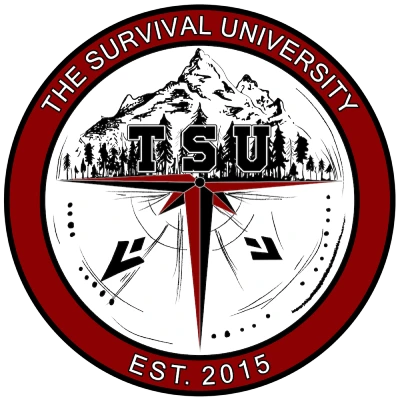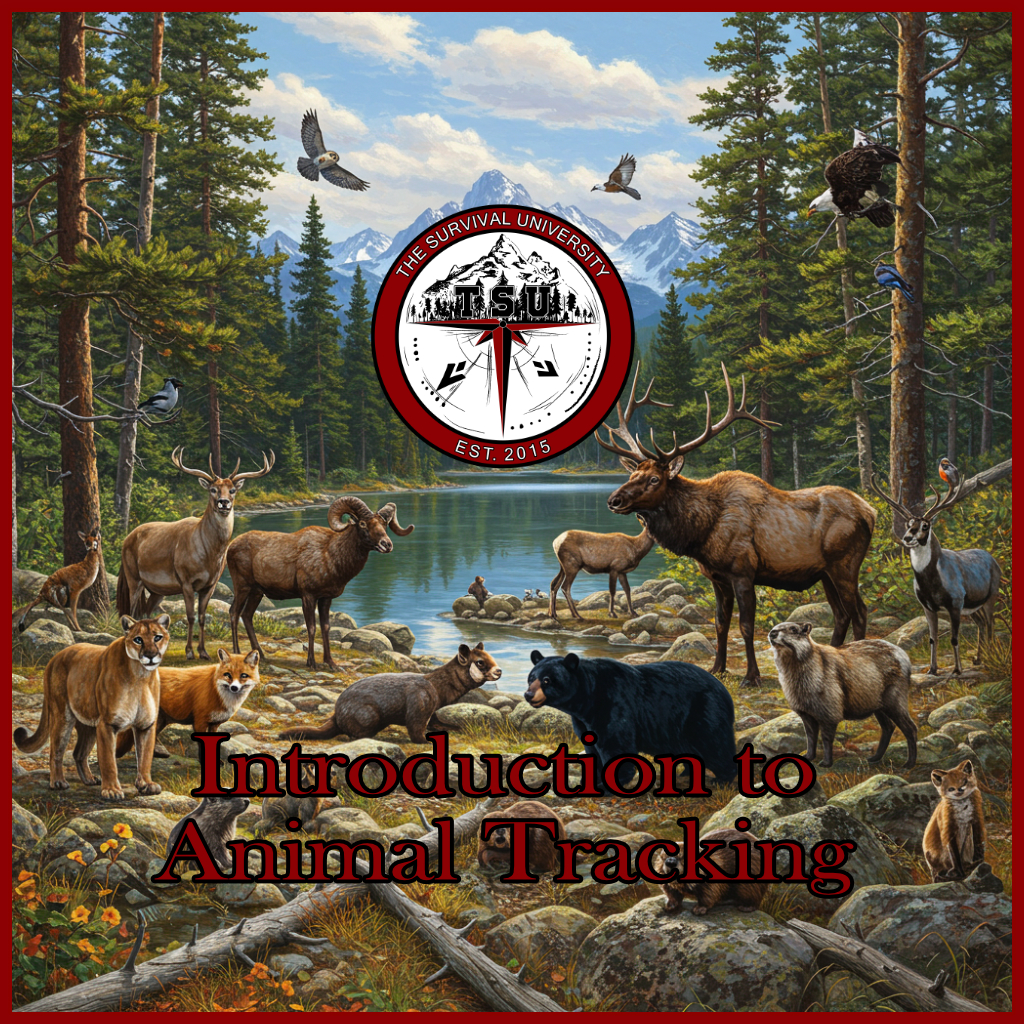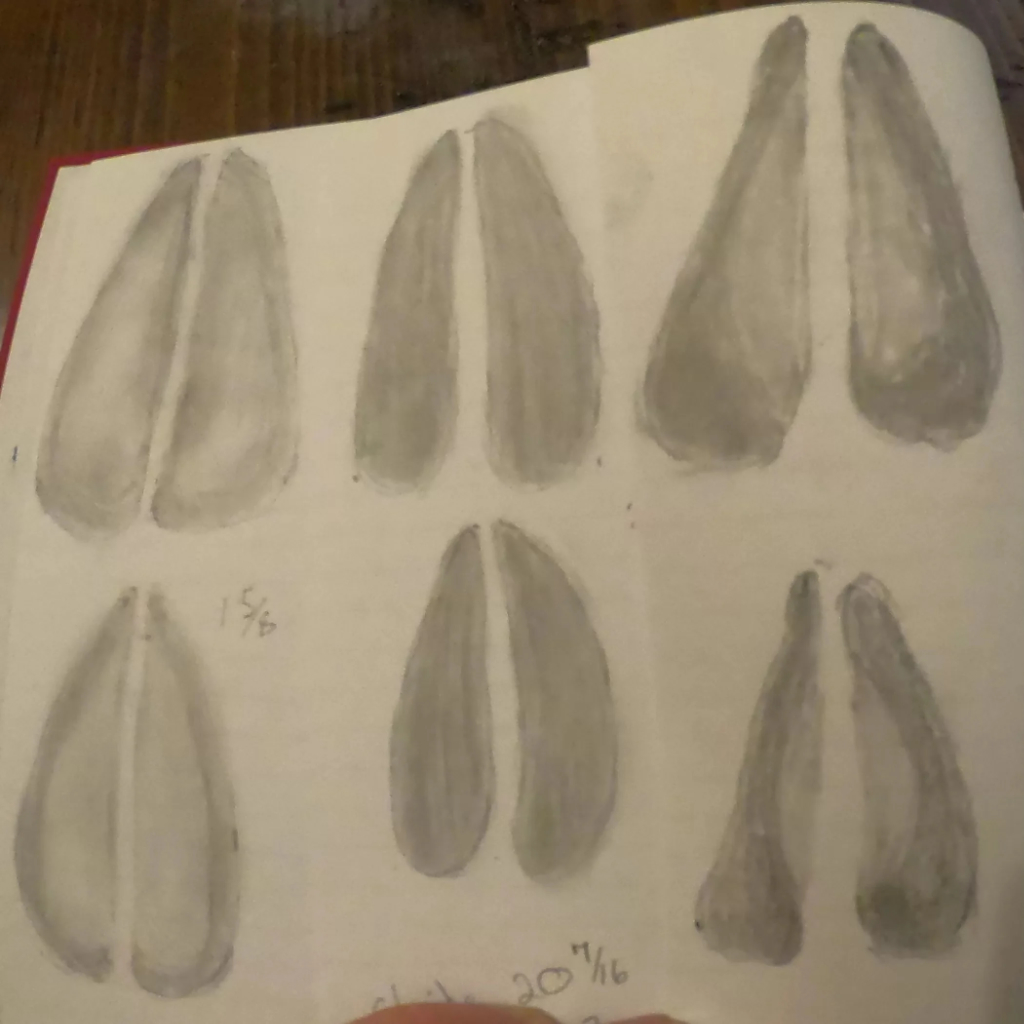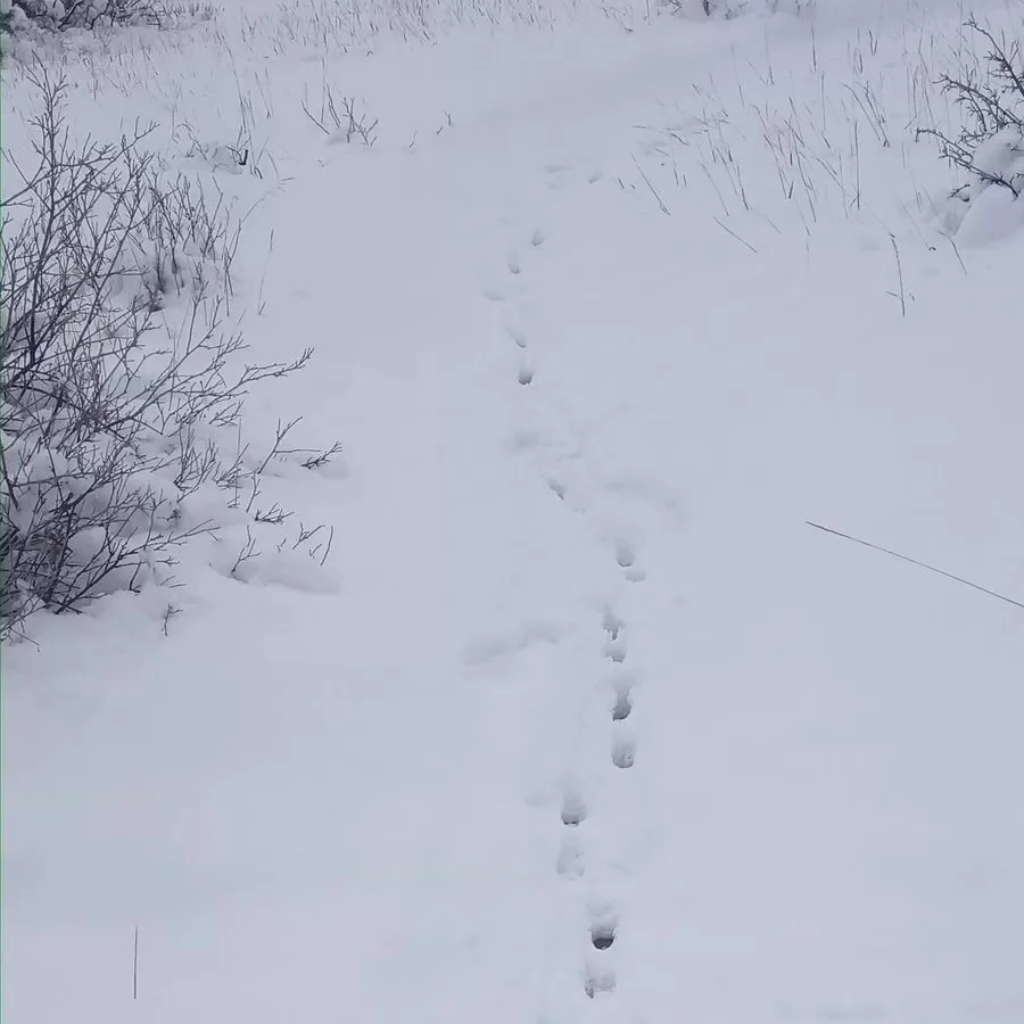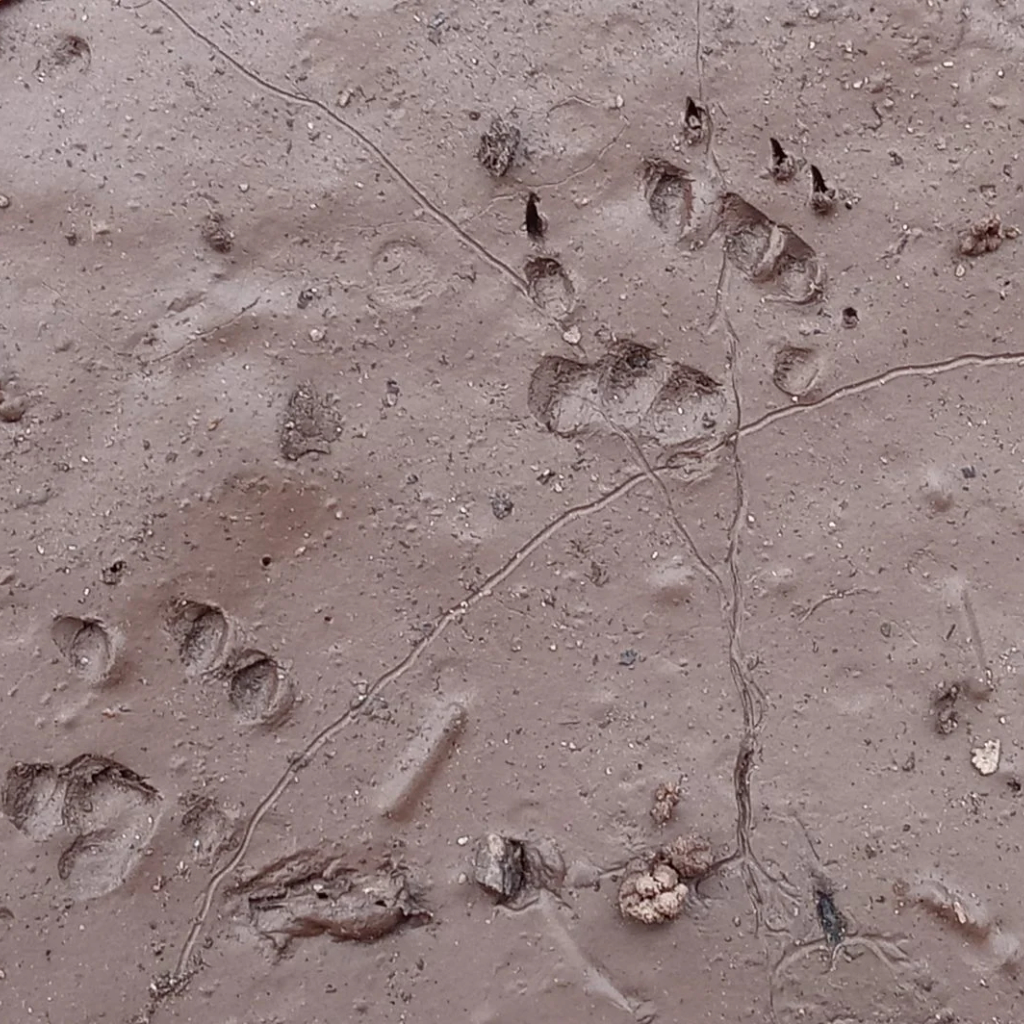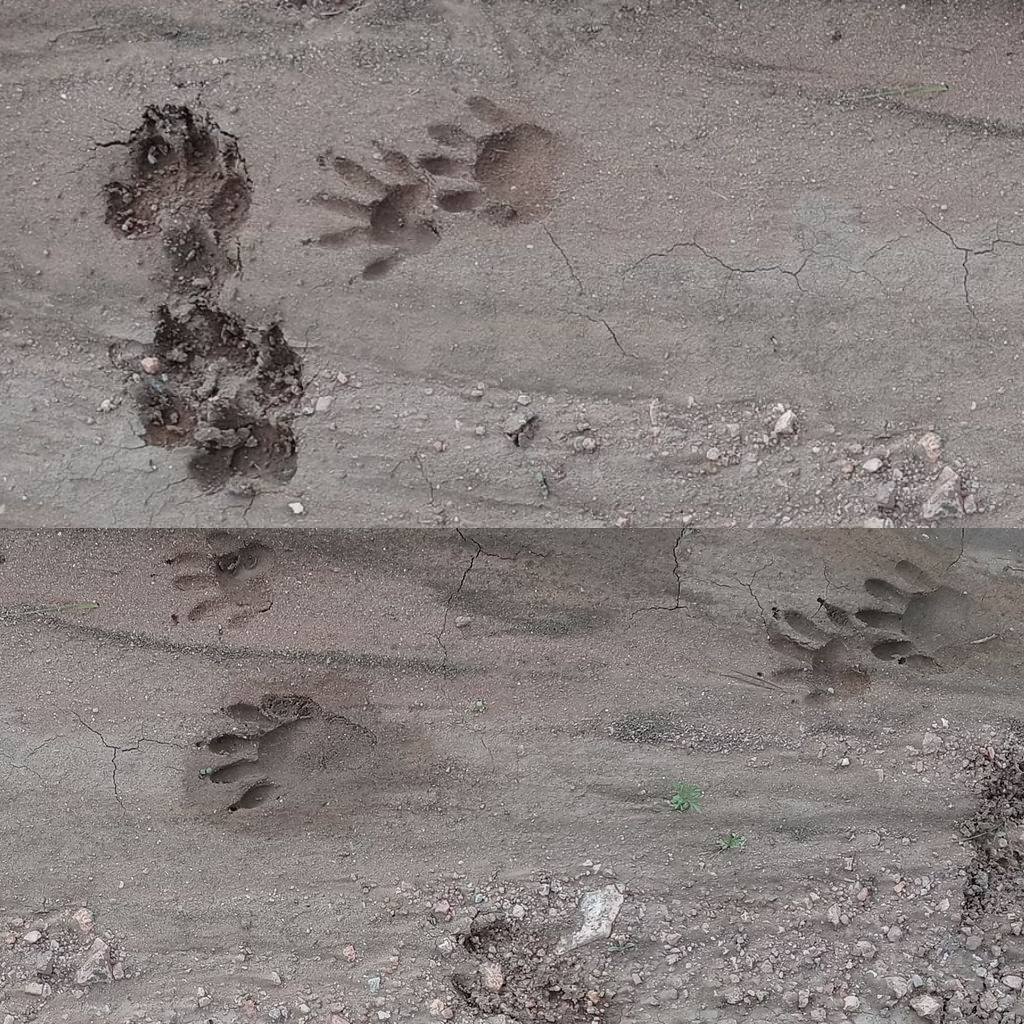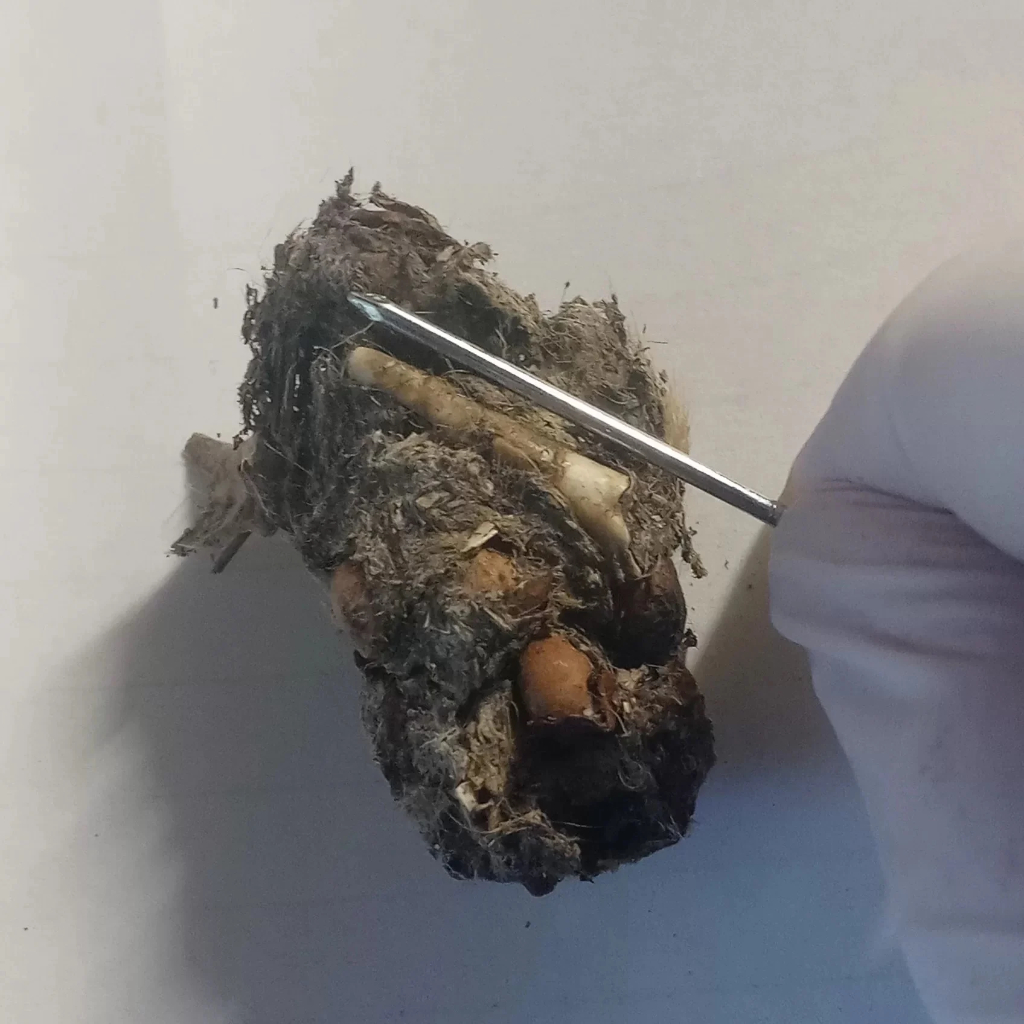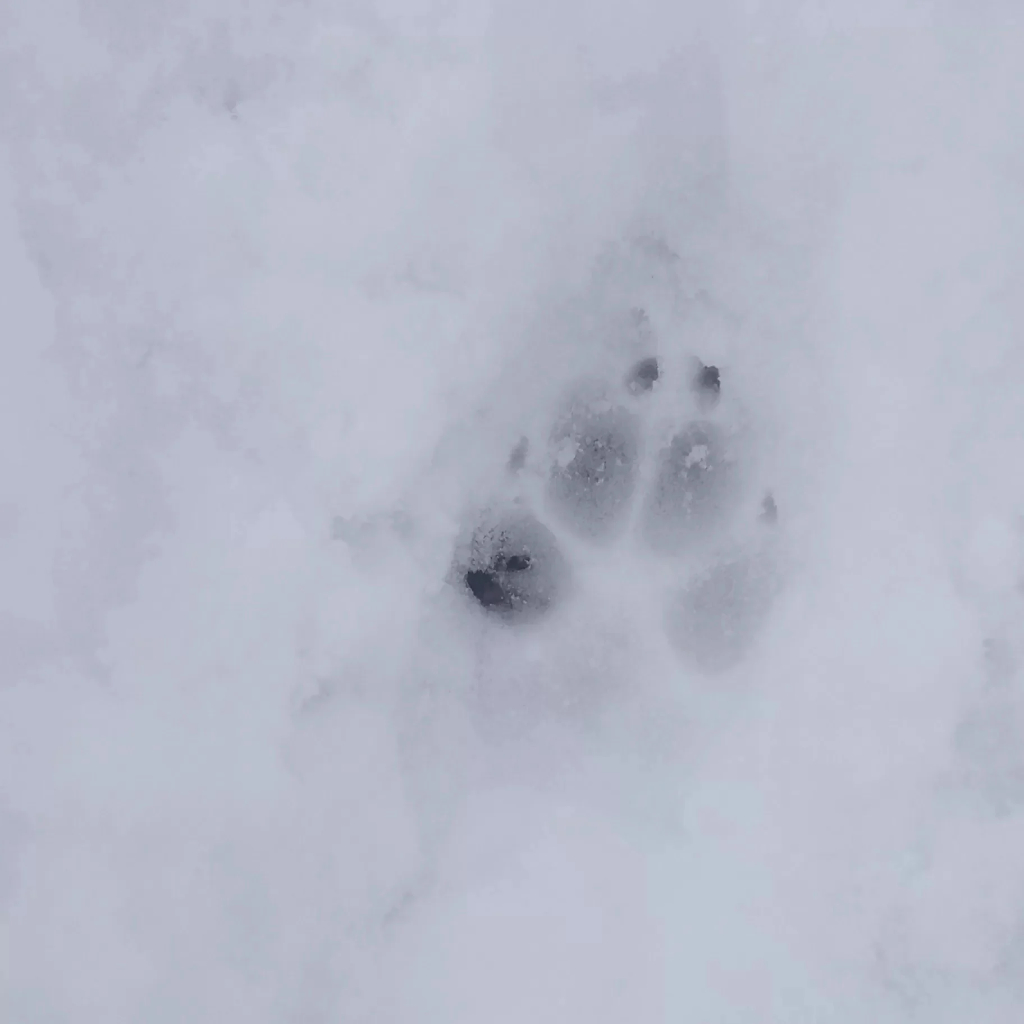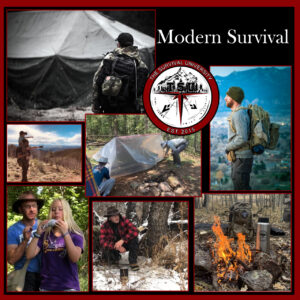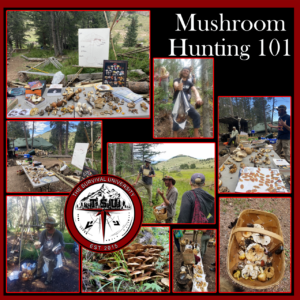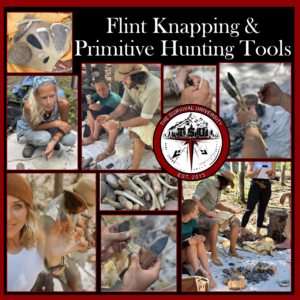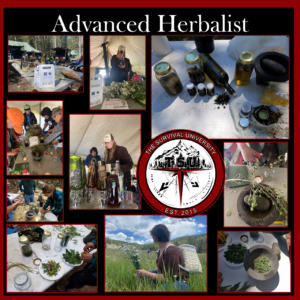Cart
INTRODUCTION TO ANIMAL TRACKING
$250.00
This course will teach the basic skills of tracking in application to animal tracking. The skills covered in this course will cover finding signs that go missed by most people, as well as the difference between canine and feline tracks, a common mistake. We will cover track identification, aging the track, measuring the gait of the track pattern and scat identification. We will show you how to build track traps to make spotting tracks easier. We will cover the tools of the trade, methods for different terrain, making field expedient tools, different recording methods, and use of light, both natural and artificial.
Description
Introduction to Animal Tracking Course
Learn to Read the Wild Like a Storybook
Step off the beaten path and into a world most people never see. The Introduction to Animal Tracking course is an immersive, hands-on experience designed to teach you how to read the subtle signs of wildlife presence—signs that often go completely unnoticed by the average hiker or outdoorsman. Whether you’re a wildlife enthusiast, hunter, survivalist, or just someone who wants to connect more deeply with the natural world, this course will open your eyes to the hidden language of the wild.
What You’ll Learn in This Animal Tracking Course
Animal tracking isn’t just about spotting paw prints in the dirt—it’s about learning to observe the environment in a completely new way. You’ll gain foundational skills in:
-
Track Identification: Learn how to distinguish between species, including common mistakes like misidentifying canine and feline tracks.
-
Track Aging: Discover how to determine how old a track is based on weathering, debris, and surrounding signs.
-
Gait Patterns & Track Measurement: Understand how animals move through different terrain by measuring stride, straddle, and gait.
-
Scat Identification: Get up close (but not too close) with animal droppings to identify species and even understand diet and behavior.
Hands-On Tracking Skills in Real Terrain
This isn’t a classroom lecture—we’ll be outdoors, learning through direct observation and field exercises. You’ll explore diverse terrain and learn how to adapt tracking techniques to sand, mud, forest duff, snow (seasonally), and rock. We’ll practice:
-
Building track traps to help capture clearer impressions
-
Using natural and artificial light to enhance visibility of shallow or partial tracks
-
Making field-expedient tools for measuring and recording tracks
-
Creating your own tracking journal to document signs, patterns, and species
Learn the Tools and Techniques of Real Trackers
We’ll cover the tools professionals use to track animals effectively—everything from rulers and flashlights to casting kits and photography. You’ll also learn how to improvise with what you have in the field. We focus on practical, real-world tracking techniques that can be applied whether you’re looking for wildlife, tracking game, or simply developing a deeper awareness of your surroundings.
Why Take an Animal Tracking Course?
Tracking helps build your intuition, observation skills, and connection to the land. It sharpens your awareness and teaches you to slow down and see more. You’ll leave this course not just knowing how to identify tracks, but how to read animal behavior, movement, and presence—turning your next hike, camping trip, or hunt into a richer, more informed experience.
This course is beginner-friendly, family-friendly, and perfect for outdoor lovers of all ages. Whether you’re preparing for backcountry adventures, want to improve your wilderness skills, or just want to geek out on tracks and scat, this is the place to start.
Get Outside and Track Something Wild
Join us for a weekend of discovery, dirt, and wild stories written in footprints. Spaces are limited and our tracking courses fill quickly—sign up today and start seeing the wild like never before.
LENGTH:
3 days/2 nights
ACCOMMODATIONS
We do have a central community campfire location with a few designated campsites but mostly offer dispersed camping. Students will be able to drive their car within 100 feet of the main camp and will not have to hike gear for long distances.
- Sanitation/Hygiene: A portable restroom and potable water will be provided at the main camp.
FOOD AND WATER REQUIRED
Water will be provided but students will need to bring their own food. We recommend quick field expedient meals such as freeze dried hiking meals or MRE’s. They can quickly be made at our primitive camps and won’t slow down the learning process. However, students may bring any food that they wish to cook over the campfire or on their own personal camp stove.
Food can be purchased locally at nearby facilities. Walmart and several local eateries are within a reasonable driving distance.
SUGGESTED GEAR LIST
We do not provide students with gear unless they have purchased it from us ahead of time. Not much gear is needed for our courses, though good equipment does speed the learning process up greatly! Gear does not have to be purchased from our store to attend the course, but we recommend survival gear of equivalent quality.
Essential Overnight Camping Gear List
Shelter & Sleep
-
Tarp, tent, or bivy sack
-
Sleeping bag (appropriate for weather)
-
Sleeping pad or ground mat
Clothing
-
Base layer (moisture-wicking shirt and pants)
-
Insulation layer (fleece or hoodie)
-
Rain jacket or windbreaker
-
Extra pair of socks and underwear
-
Hat (for sun or warmth, depending on season)
Cooking & Food
-
Small backpacking stove or simple cook setup
-
Fuel + lighter/matches
-
Metal cup or pot (for boiling water or meals)
-
Spoon or spork
-
Simple food (freeze-dried meal, sandwich, trail mix)
-
Water bottle or canteen (1–2 liters)
-
Water filter or purification tabs (if not carrying all water)
Other Essentials
-
-
Headlamp or flashlight (with spare batteries)
-
Knife or multitool
-
Toothbrush + small toothpaste
-
Toilet paper or wipes (and a small trowel if needed)
-
First aid basics (bandages, meds, etc.)
-
Trash bag (pack it in, pack it out)
-
CLOTHING REQUIRED
Warm outdoor clothing, warm gloves and hat, outdoor boots and wool socks. Cotton clothing is highly discouraged in the mountains! Wool will keep you warm even when wet and synthetics will dry faster. Layers are important in Colorado. You will want a water wicking base layer, an insulating mid layer, and a waterproof breathable outer shell. Check out our Clothes Layering Basics if you are unsure of what to wear.
NOTE
Due to the different levels of prior experience and knowledge among students in each class, individual outcomes may vary. Weather conditions can also be a factor in changing class content slightly. Nonetheless, our instructors will always endeavor to be as accommodating and consistent as circumstances will allow to ensure students get the best training experience and value for money.
Recommended Gear List – Animal Tracking Course
Tracking & Observation Tools:
-
Field notebook and pencil/pen (for sketching tracks and taking notes)
-
Tape measure or ruler (small and flexible is best)
-
Hand lens or magnifier (10x or greater to study fine details)
-
Flashlight or headlamp with adjustable beam (helps spot tracks with angled light)
-
Camera or phone (for documenting tracks, scat, and sign)
-
Field guide to animal tracks (optional, but helpful for quick reference)
Footwear & Clothing:
-
Comfortable hiking boots or trail shoes (quiet and broken-in)
-
Weather-appropriate clothing (layers, as you’ll be moving and stopping often)
-
Hat and sunglasses (for sun protection)
-
Rain gear (weather-dependent)
-
Gloves (if tracking in cold weather or rough terrain)
Additional Useful Items:
-
Daypack (to carry your gear and water)
-
Water bottle or hydration pack
-
Snacks or lunch (you’ll be in the field for long stretches)
-
Kneeling pad or small foam mat (optional, but useful for long periods spent crouching)
-
Flagging tape or natural markers (to mark tracks or return points—use responsibly)
-
Binoculars (optional, for observing wildlife at a distance)
